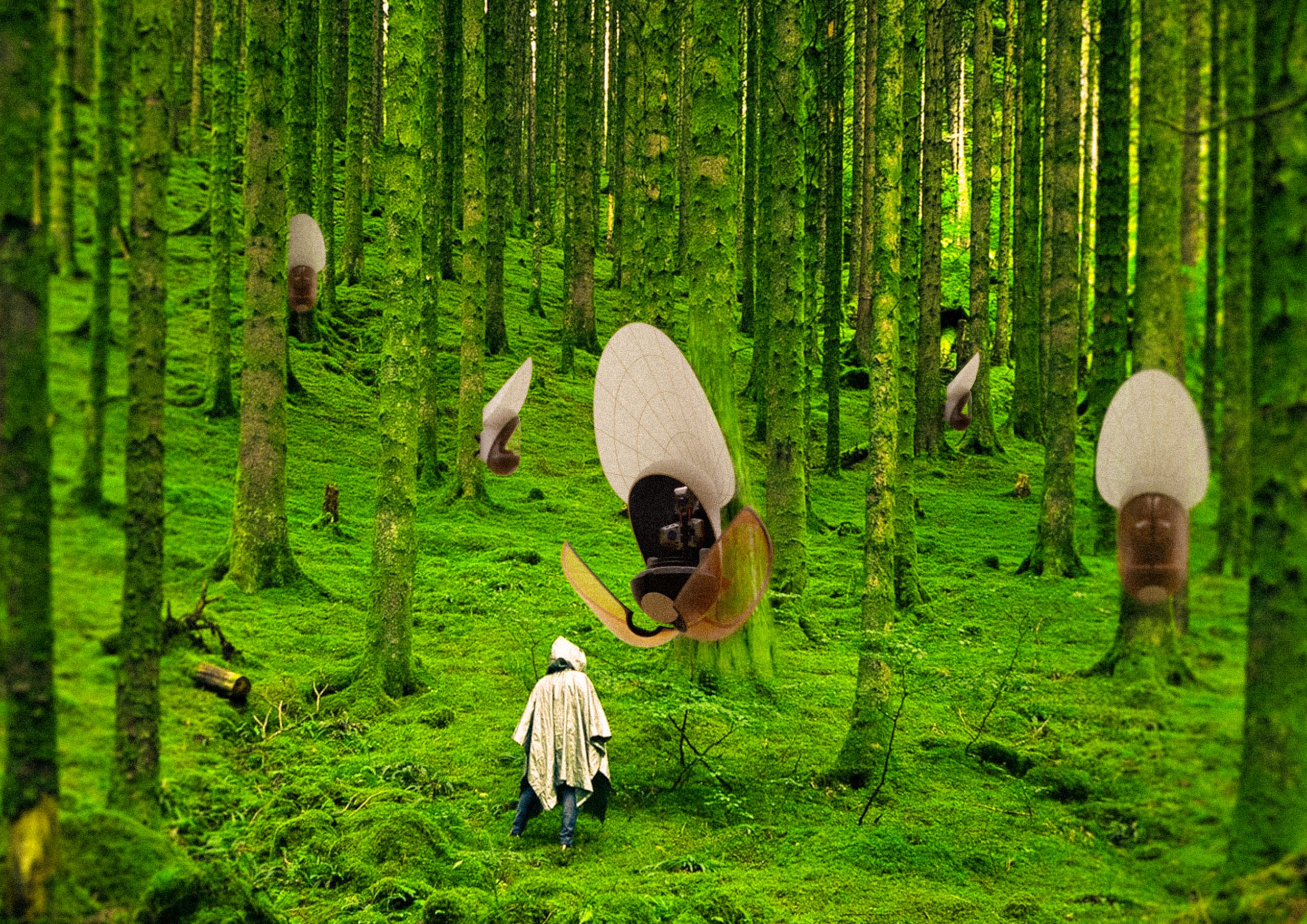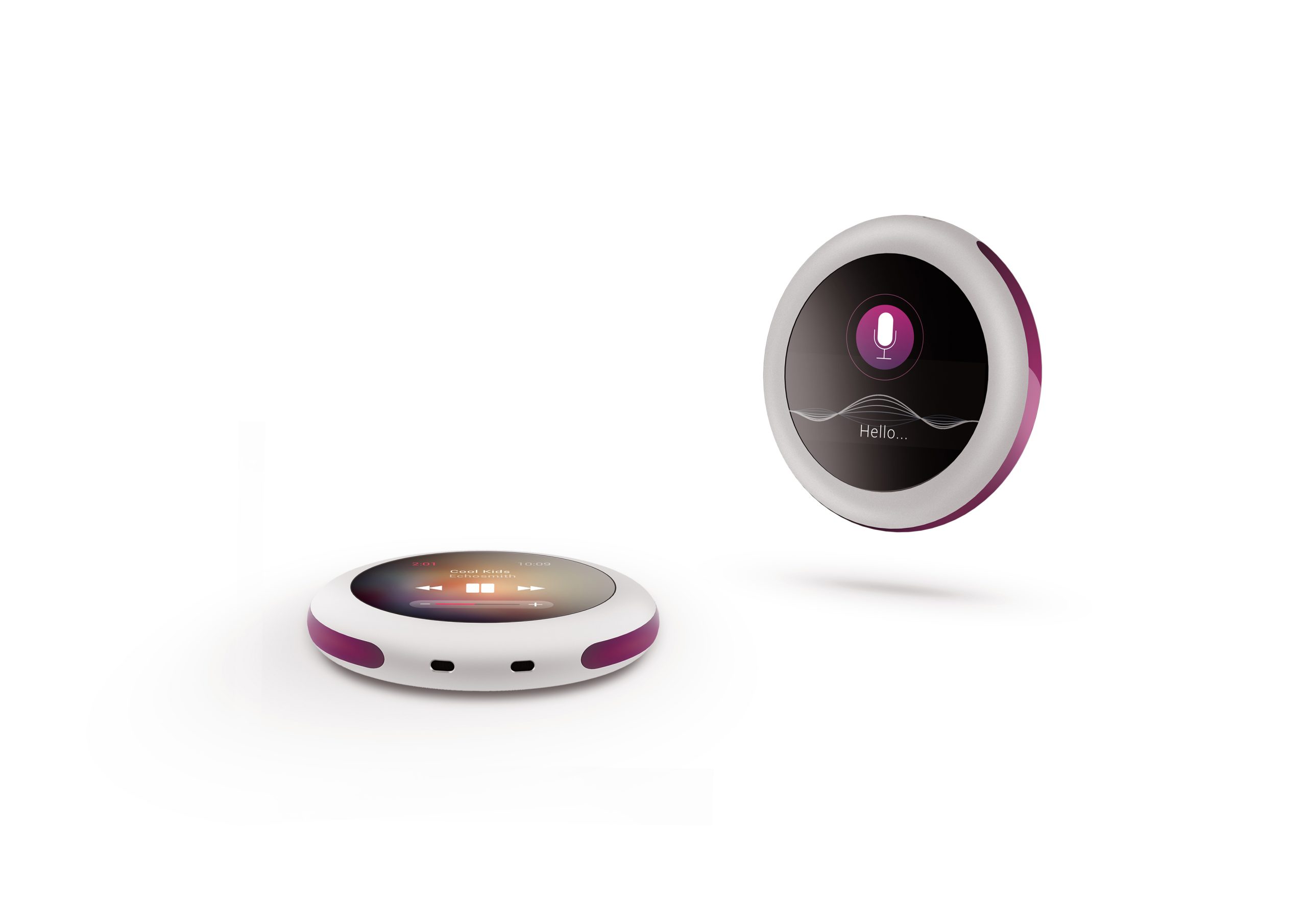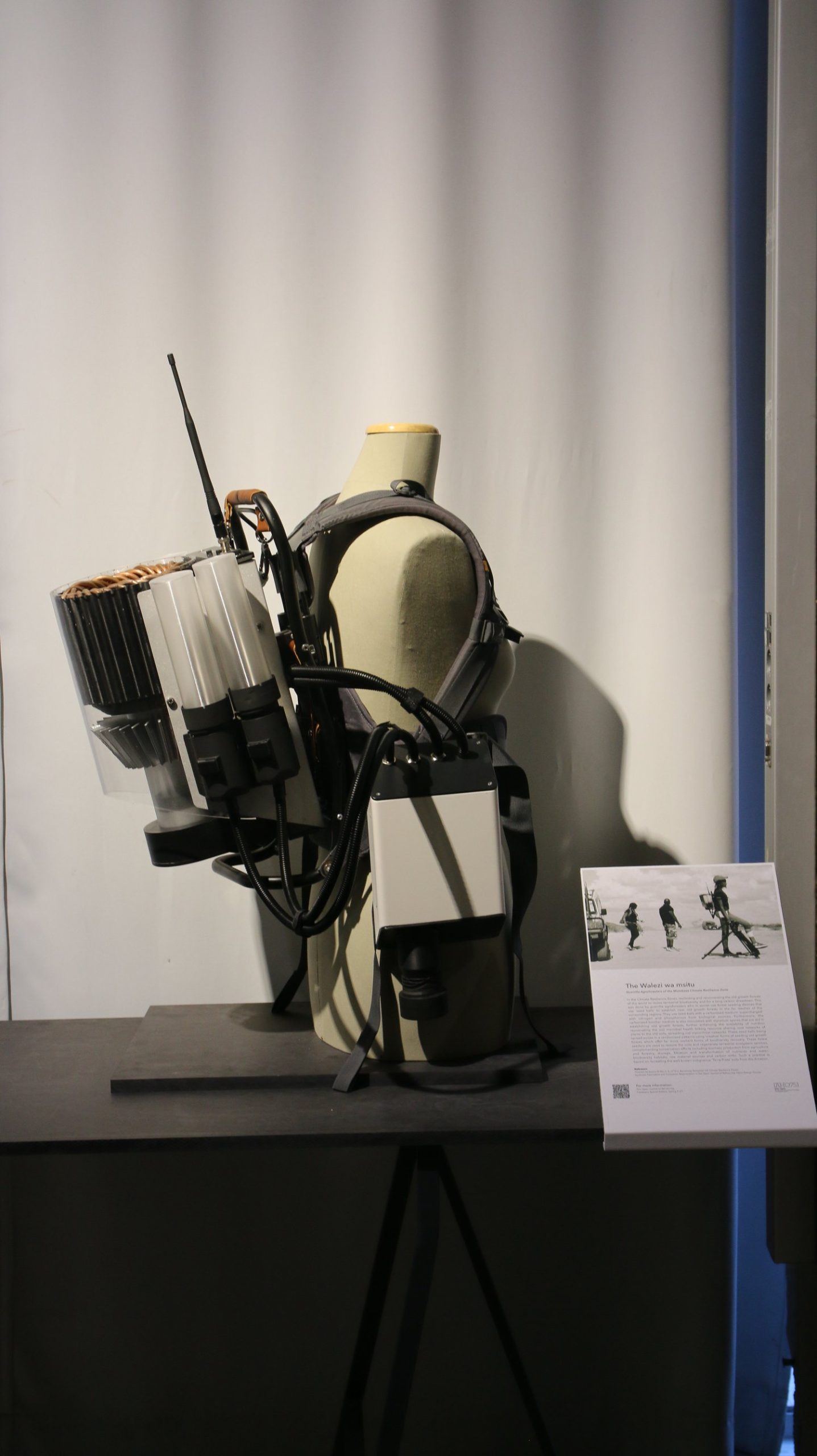SYMFABS
Symbiotic Fabrication Pods and Symbiotic Mutualism in the Pan-Indigenous Autonomous Zones
What does it mean to be ecological respectful with fabrication processes? Do all our high-tech production systems have to be so ecologically destructive?

What does it mean to be ecological respectful with fabrication processes? Do all our high-tech production systems have to be so ecologically destructive? As global CRZs transform into Pan-Indigenous Autonomous Zones, a novel relationship between production and consumption practices rooted in multispecies symbiotic mutualism emerges. Fabrication processes are contingent on maintaining these harmonious relationships. This is exemplified in SymFab pods, which employ “symbiotic manufacturing” for eco-friendly, high-tech production for local consumption. SymFabs utilize well-established methods such as pyrolytic carbonisation of on-site organic cellulose and plant-based resins to create advanced bio-composites with finely tuned bio-electro-chemical properties.
These practises rely on breakthroughs in symbiotic computing interfaces, called ‘symbitronics,’ which negotiate symbiotic interactions between synthetic fabrication infrastructures and foster regenerative relations. Beyond their material applications, SymFabs have been instrumental as hubs for multi-species interactions, learning, and nurturing complex symbiotic humans and non-human relations within CRZs.

Figure: Concept Render showing Community members carrying out maintenance of a SymFab Pod in the Hong Kong CRZ (2093).
The SymFab pods are designed for localized, ecological forms of hi-tech production and consumption of advanced composites employing “symbiotic manufacturing.” The carbonization of organic matter and fibers are applied to create effective alternatives of high-performance composites from organic sources for socially useful fabrication systems, which are carbon sequestering by integrating into local industrial production for advanced technological applications. When processed as bio-composites, the pyrolytic carbonization of these natural fibers is produced from organic fibers with in-situ processing of plant-based resins that can even be used to create high clay-based ceramic electrodes. Much of this is possible with new discoveries in symbiotic computing interfaces termed ‘symbitronics.’ These interfaces mediate the interactions between these fabrication infrastructures to maintain and nurture the ecological processes.
Read More: Chapter 2, Becoming Terrestrial: Of Climate Resilience Zones, Symbiotic Fabrication and Ecosystem Regeneration in The Open Journal of ReFuturing (2131)
Selected Works

Biomineralzerreserach product

biomAreserach product

nuoreserach product

ipod proreserach product

Firefly Seeders (螢火蟲)research product

Kalo Probalreserach product

Walezi Wa Msitudesign research

SymFabsProject type
